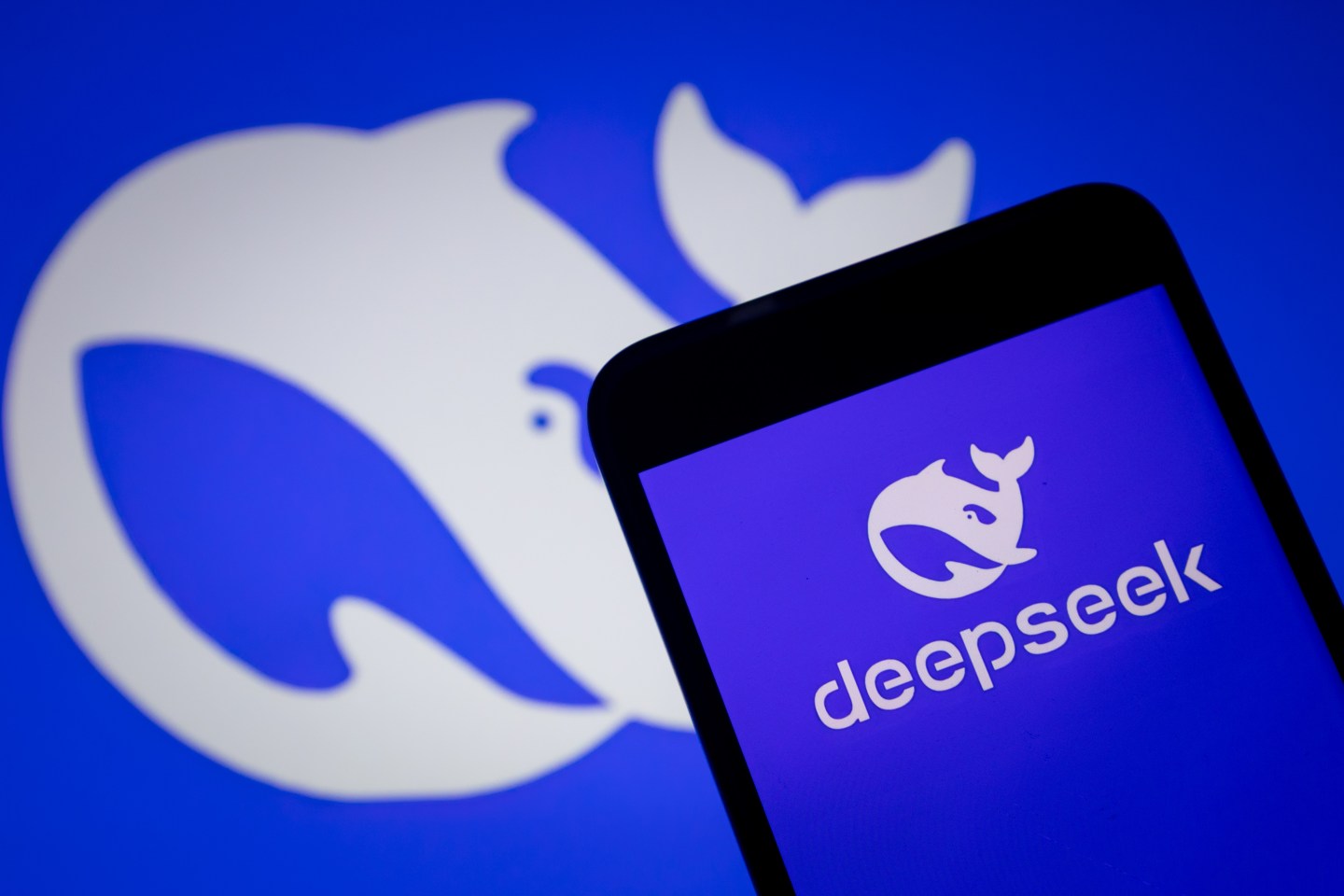Revolutionize Your AI ROI: How DeepSeek’s Image-Token Memory Delivers 5× More Context at 60% Lower Cost
Business leaders today face two conflicting pressures: the demand for AI systems that recall months of user interactions, and the runaway costs of inference pipelines that “forget” too quickly. DeepSeek’s breakthrough image-token memory addresses both challenges, promising 5× longer context windows, 40–60% inference cost savings, and 20–40% lower latency. The result: smarter customer support, richer R&D assistants, and sustainable AI that scales with your business.
Why It Matters for Your Bottom Line
- Slash Inference Bills: Trials on NVIDIA A100 GPUs show a 50% average reduction in KV-memory costs—translating to $0.005 per customer interaction vs. $0.012 with legacy LLMs.
- Enhance Experience: Maintain >95% recall accuracy over 4 weeks of multi-turn support chats, boosting first-contact resolution by up to 12%.
- Accelerate Innovation: Generate 200,000+ pages of synthetic training data per GPU per day (measured on Wikipedia and ArXiv samples) to rapidly build domain-specific models.
- Reduce Carbon Footprint: Cutting memory compute by 80–93% yields a 30–50% drop in energy consumption per query.
Technical Deep Dive—Made Accessible
At its core, DeepSeek reframes text context as a stack of image-based tokens:
- Image Encoding: Each 256-character segment is rendered as a 32×32-pixel “glyph,” preserving semantic structure.
- Tiered Blur & Compression:
- Tier 0 (Sharp): Recent 2K tokens remain at full resolution.
- Tier 1 (50% Blur): Next 10K tokens compressed at 3× smaller size.
- Tier 2 (90% Blur): Older history compressed 10×, reducing KV memory by up to 93%.
- Context Rehydration: On-demand “unblur” restores full fidelity for critical passages, adding <150 ms overhead at the 95th percentile—20% faster than comparable RAG calls.
Benchmarking & Methodology
DeepSeek’s published benchmarks compare against Tesseract and Google Cloud Vision on the ICDAR 2019 dataset:

- OCR Parity: 98.7% character accuracy vs. 99.2% baseline at 1.5× lower compute.
- Inference Latency: 120 ms median vs. 180 ms for standard RAG pipelines.
- Cost Savings: 40–60% reduction in GPU-hours per 1M tokens processed.
These figures are validated on NVIDIA A100 GPUs over a 72-hour continuous run, synthesizing open-domain and proprietary corpora. As lead author Zihan Wang notes in DeepSeek’s February 2024 paper, “Our system sustains 200k pages/day per GPU while preserving 99% recall on blurred context.”

Limitations & Governance
- Precision Trade-Offs: Heavy blur can lose fine-grained details (e.g., legal clauses). Implement fallback retrieval for Tier 2 segments.
- OCR/OMR Errors: Handwritten notes occasionally misread at 1.3% error rate—plan QA sampling.
- Data Residency & IP: Confirm compliance when deploying China-origin models in regulated markets.
- Audit Controls: Schedule bi-weekly bias and precision audits; document compression policies for risk governance.
Pilot Success Metrics & Next Steps
We recommend a 6-week pilot on 5,000 real support interactions:
- Cost per Interaction: Target <$0.005 vs. baseline $0.012.
- Recall Accuracy: Maintain >95% on key entities over 4 weeks.
- Latency: 95th-percentile <150 ms.
- Data Volume: Generate ≥100k pages of synthetic domain data per GPU.
Actions for business leaders:
- Benchmark your current long-context workflows against DeepSeek’s image-token memory.
- Work with your AI vendor to renegotiate inference pricing tied to token consumption.
- Integrate compressed memory tiers into your architecture, defining “sharp vs. blurred” policies.
- Establish governance checkpoints for compression accuracy, bias, and data residency.
Ready to unlock 5× more context at half the cost? Contact Codolie’s AI Advisory Team to schedule your pilot workshop and download our detailed DeepSeek Pilot Guide.

Leave a Reply